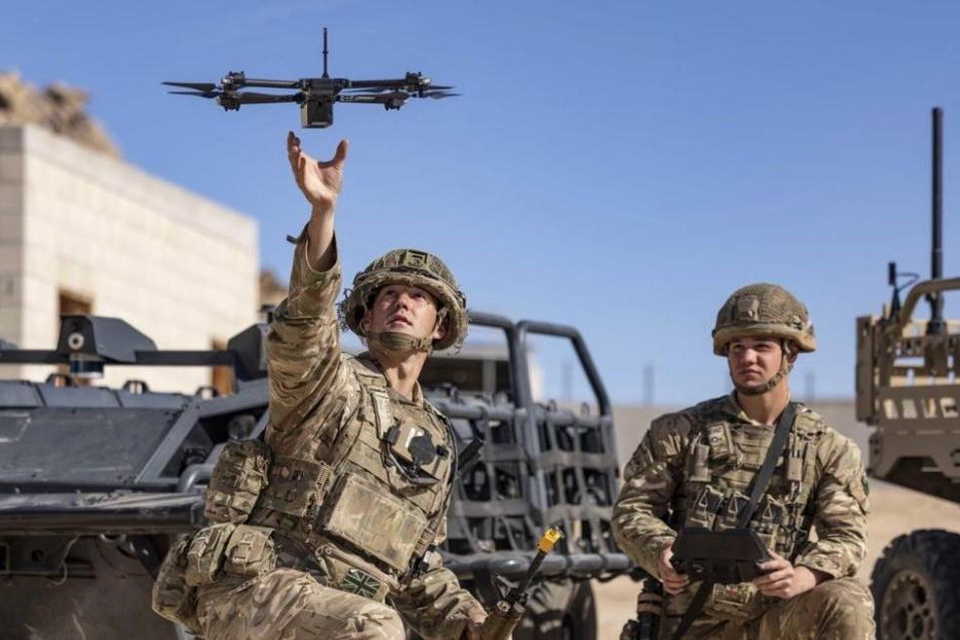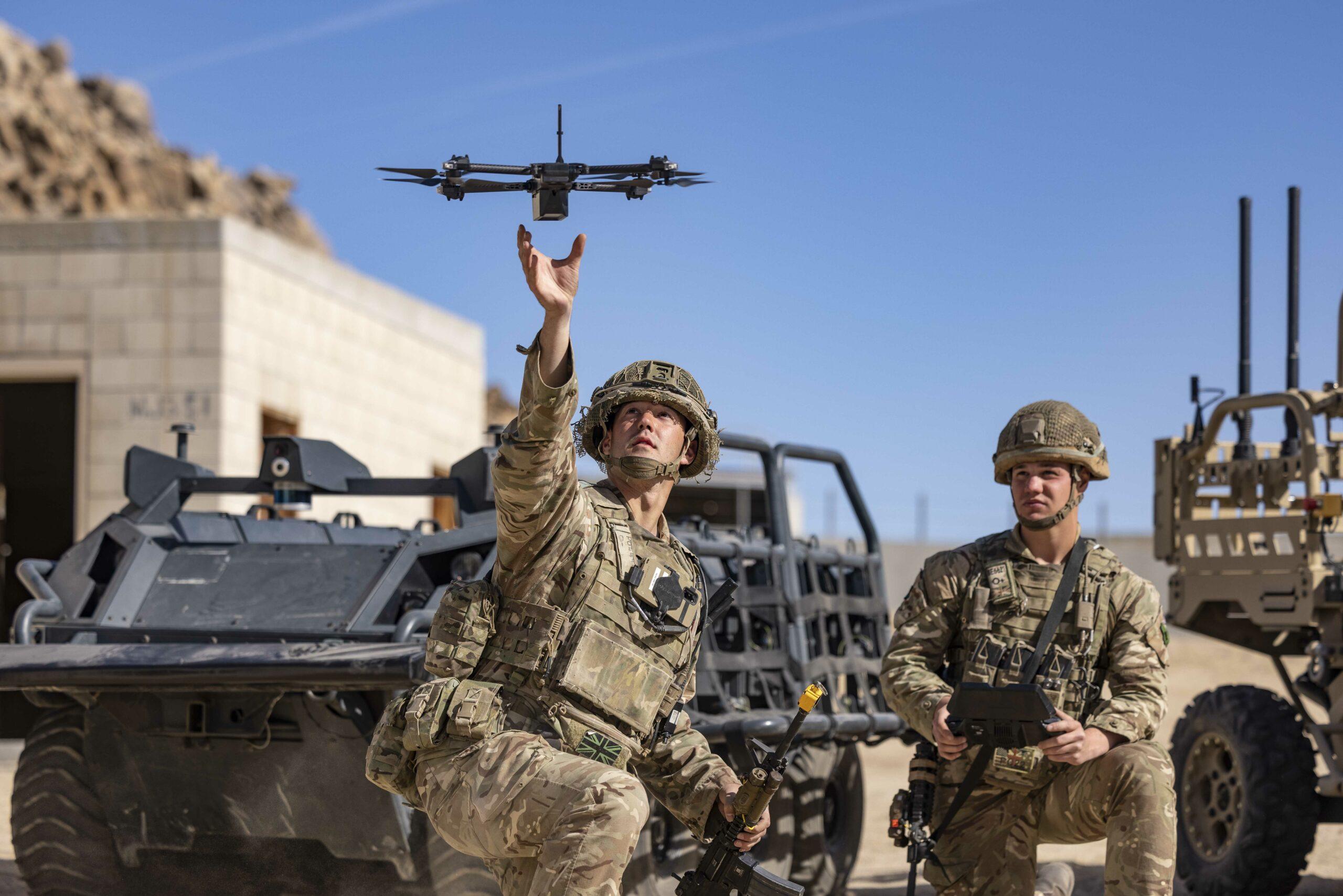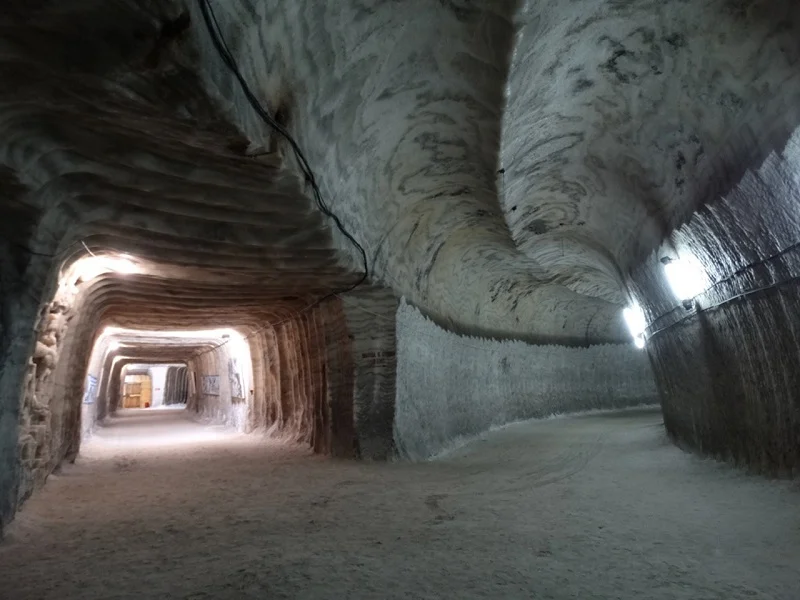GR66
Army.ca Veteran
- Reaction score
- 4,319
- Points
- 1,160
I don't know about "negate". Infantry will still have to cross open ground between built up areas. Modern sensors/UAVs will allow artillery to target light units moving in the open more quickly/accurately than was possible in the past and precision munitions are not available in endless supply.Does that make the UK the first to adapt Ukrainian war experience into doctrine/potential doctrine?
On a related note, I'll channel my inner @Kirkhill and point out that modern AT weapons seem to be closing in one being the game changer the Yeoman longbow companies were in the Hundred Year's War. Yeoman archers were a lot cheaper to train, equip, and pay, than mounted men-at-arms.
If the UK can mount an effective AT missile system on a light, and cheap platform, they essentially make negate the effectiveness of armour.
I can see light units with precision weapons (ATGMs/NLOS missiles/Loitering Munitions) shaping the battlefield and possibly blunting/slowing (and possibly even preventing?) attempts at large scale maneuver, but then heavily protected units will be required for close assaults on built up defended areas.






